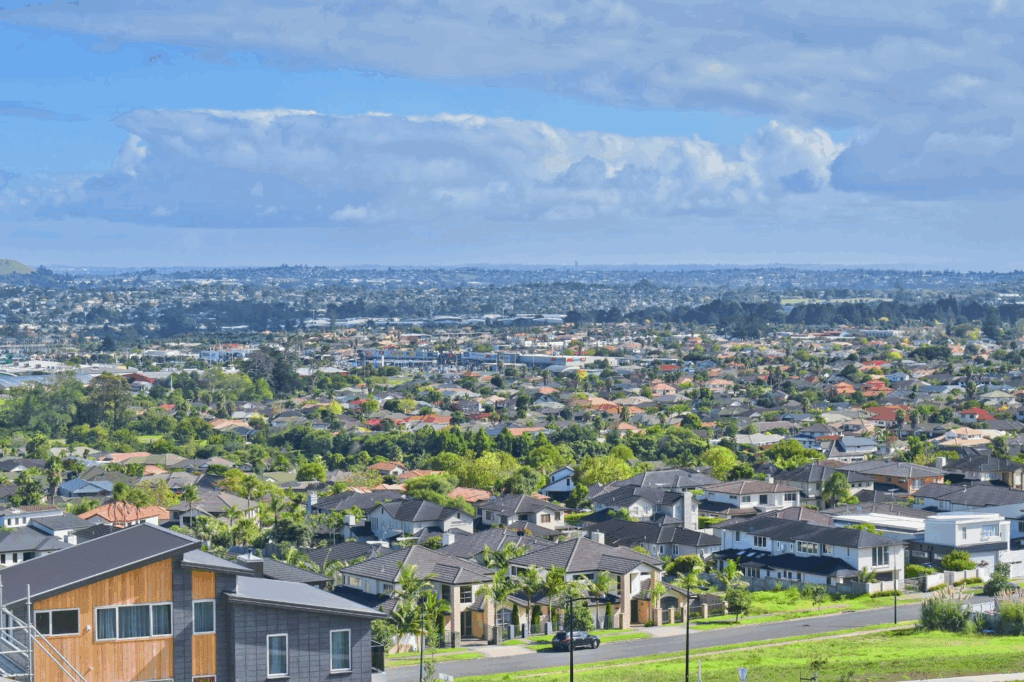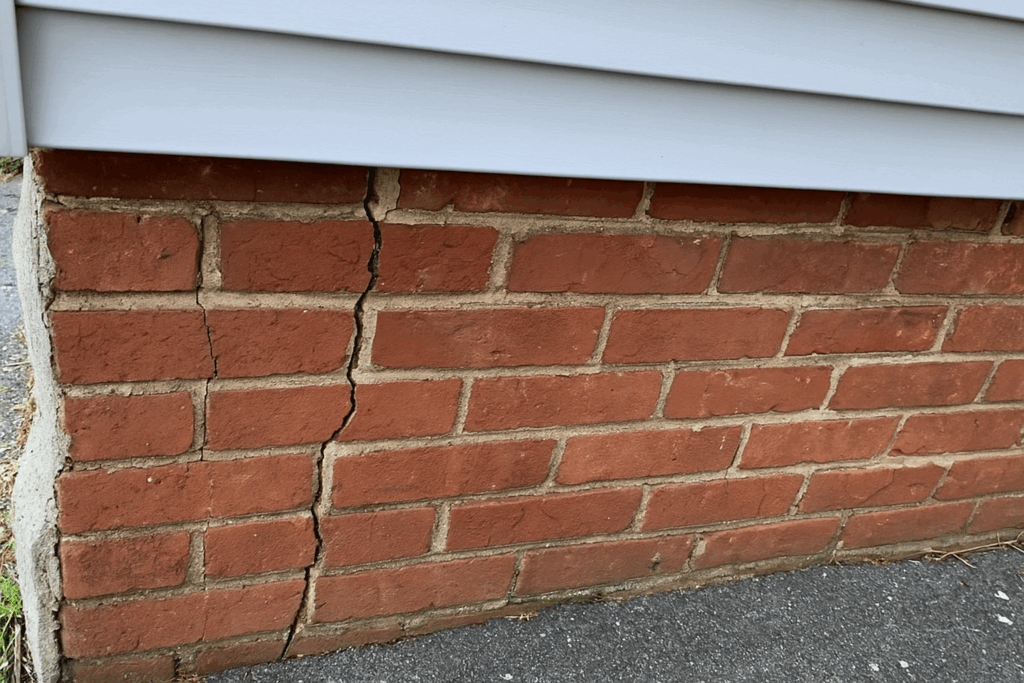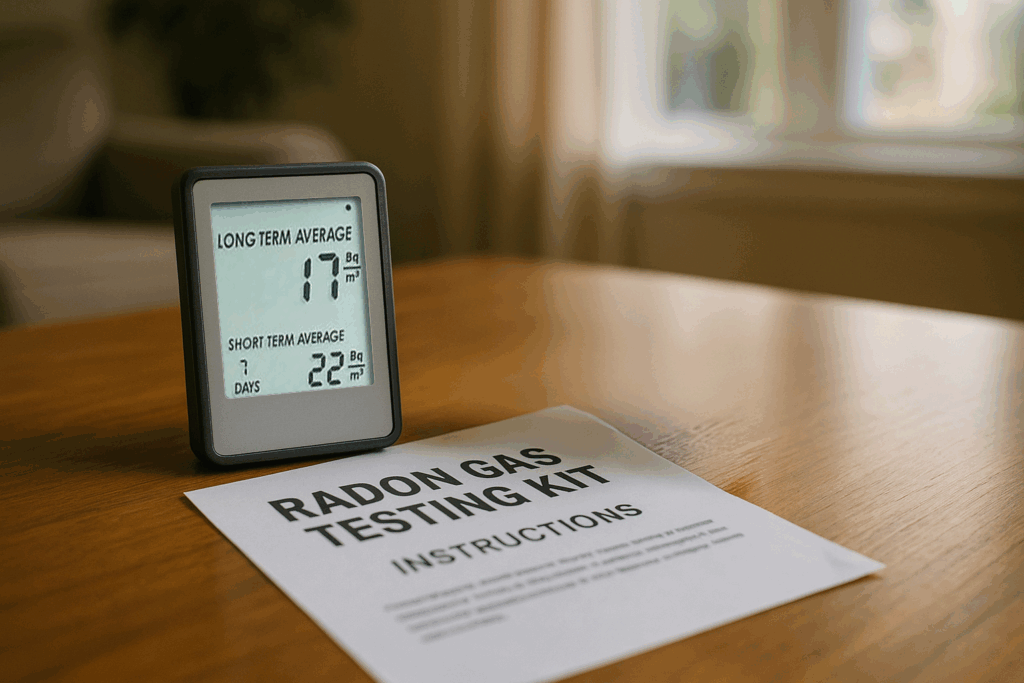
Radon gas is an odourless, colourless, radioactive substance that can accumulate in homes, presenting significant health risks, particularly lung cancer. While radon is often associated with colder climates, it is a concern in Australia as well, with elevated levels found in certain regions. This blog explores what radon gas is, the health risks of exposure, and how Australian homeowners can test for and mitigate radon to protect their families.
Radon gas is a naturally occurring by-product of the decay of uranium found in soil and rock. It can seep into homes through cracks in foundations, walls, and floors, where it may accumulate to dangerous levels over time. Long-term exposure to high radon concentrations significantly increases the risk of lung cancer, particularly for non-smokers. According to the Australian Department of Health, radon is one of the leading causes of lung cancer in individuals who have never smoked.

Although radon is typically linked with colder regions like the U.S. and parts of Europe, it is also a concern in Australia. Elevated radon levels are most commonly found in specific geological areas, such as regions with granite bedrock, volcanic rocks, and shale. Parts of the Australian Alps, Tasmania, and the Northern Territory have been found to have higher radon potential, making radon testing essential for residents in these areas.
Radon exposure is the second leading cause of lung cancer among non-smokers worldwide. In Australia, thousands of cases may go undiagnosed until it is too late. Early symptoms of lung cancer are often difficult to detect, which is why radon exposure can be especially dangerous for homeowners who are unaware of its presence.
Certain groups are more susceptible to the health effects of radon exposure, including children, the elderly, and individuals with pre-existing respiratory conditions. Ensuring these populations are protected from elevated radon levels is essential in safeguarding public health.
The only way to know if your home has elevated radon levels is to test for it. In Australia, radon testing kits are available, or you can hire professionals to assess radon levels in your home. It is highly recommended that all Australian homes, particularly those in regions known for higher radon risks, be tested. Testing is straightforward and can be done in as little as a few days, providing valuable insights into the air quality inside your home.

If radon levels are found to be high, several mitigation strategies can reduce exposure:
One of the easiest ways to lower radon levels is by sealing cracks in floors and walls. These gaps are entry points for radon, so sealing them can help prevent further gas infiltration.

Increasing airflow throughout the home can help dilute the concentration of radon. Installing a ventilation system that draws radon from beneath the home and releases it outside is an effective method for lowering radon levels in enclosed spaces.
For homes with significantly high radon concentrations, more advanced mitigation systems such as sub-slab depressurisation or radon sump pumps may be necessary. These systems actively draw radon from below the home and vent it outside, significantly reducing indoor radon concentrations.
For whole-house air filtration of potentially radioactive particles of all sizes, Air Cleaners Australia recommends an IQAir high-performance air purifier. For specific areas within a home or for homes without centralized heating or cooling systems, the HealthPro 250 NE.

Radon levels can fluctuate, so it's important to test for radon regularly, especially after home renovations or structural changes. Continuous testing devices are available, providing real-time monitoring of radon levels in your home. Regular testing ensures that mitigation efforts remain effective and that your home stays safe from this dangerous gas.
As the effects of climate change continue to unfold, Australian homes may see an increase in radon exposure. Warmer temperatures and changing weather patterns could increase the potential for radon gas to be released from the soil, particularly in areas already known for higher radon levels. It’s crucial for homeowners to remain informed about these potential risks and take proactive steps to mitigate radon exposure.
Conclusion:
Radon is a dangerous gas that can affect homes throughout Australia, particularly in areas with specific geological features. Testing for radon and implementing appropriate mitigation measures can help reduce the health risks associated with radon exposure, including lung cancer. By understanding the dangers of radon and taking preventive steps, Australian homeowners can protect themselves and their families from this silent hazard.
